General Info – summary
This Tree with its drooping branches, may reach 12m high. Bark becomes deeply fissured. The alternate, simple, relatively long & stipule lacking Leaves are narrowly lanceolate: apex and base taper & margins are slightly serrated. The dioecious small Flowers are in spikes. Greenish female flowers have a superior ovary. Male stamens are yellow, & filaments are slender. Fruit: 2-valved capsule with small, wind dispersed seeds.
Description
Salix mucronata subsp. mucronata
Previous Names: Salix capensis, Salix capensis. var. gariepina, Salix capensis var. mucronate, Salix gariepina, Salix hutchinsii, Salix mucronata. subsp. capensis, Salix mucronata. var. caffra, Salix mucronata. var. integra, Salix subserrata. var. cyathipoda.
RSA Tree No. 35
Common names: (Afr) Kaapse Wilger, Kleinblaar-wilger, Rivierwilg, Rivierwilger, Safsaf-wilger, Treurwilg, Treurwilgerboom, Vaalwilger, Wildewilg, Wildewilgerboom. (Eng) African Willow, Cape Willow, River Willlow, Safsaf Willow, Sifsaf, Small-leaf Willow, Small-leaved Willow, Vaal Willow, Wild Willow. (isiXhosa) Umngcunube, umswi. (Tshivenda) Munengeledzi
Family: Salicaceae: (Willow family – includes the exotic poplar trees (genus Populus), willows, aspen, and cottonwoods). The family Salicaceae has recently been expanded and includes 55 genera and 1 000+ species. Trees may be deciduous or evergreen. Simple, alternate and stipulate Leaves may have serrate or dentate margins – in which case toothed margins all have veins entering each tooth. The bark often contains Salicin (a bitter alcoholic glucoside related to aspirin). This glucoside can be used as an anti-inflammatory. However, it may cause a skin allergy. Flowers may be dioecious to hermaphrodite and occur in inflorescences (catkins with stamens in male flowers and carpels in female flowers). A normal perianth may be absent. A bract subtends each flower. There are 2 to many Stamens with long filaments. The superior Ovary has 2-4 carpels. Flowers are wind pollinated. Fruit is variable with many small, wind dispersed Seeds. Local genera on this website include Dovyalis, Oncoba, Salix and Scolopia.
Name derivation: Salix – Latin name for the tree. mucronata – pointed: possibly refers to the leaf apices and or bases. There are about 400 species worldwide – mainly in the northern hemisphere. In southern Africa Salix mucronate is the only indigenous species. 4 subspecies have been noted. Here the difference is largely dependent on leaf structure. 4 exotic species have been naturalized.
Conservation: National Status: L C (Least Concern). Assessed: 2005 (W. Foden and L. Potter).
Tree
With its open crown, the Tree may reach 12m in height. This plant may become almost prostrate. This together with the drooping branches may make the overall appearance untidy. In young plants, the Bark of the stem (main axis of the plant, the leaf and flower bearing as distinguished from the root-bearing axis) tends to be green/red (photo 33 under Leaves), pendulous, smooth and covered with short grey hairs. As the tree matures, the bark becomes darker and deeply fissured. At this time, large stems may be far from vertical (photo 287).
- 884 2017/11/14 Pretoria NBG. Photo: David Becking.
- 287 2017/11/10 Pretoria NBG. Photo: David Becking.
Leaves
On this environmentally dependent deciduous tree, the Leaves are alternate and simple (have a single blade, which may have incisions that are not deep enough to divide the blade into leaflets). Leaves are narrowly lanceolate and taper towards both the Apex (shaper) and the Base. They may reach 15 x 1,5cm and are glossy green above and much lighter and greyish below (photo 877). The smaller veins become distinctly visible when the translucent leaf is viewed against a strong light (photo 881). In this photo, the usually mildly serrated Margins are clearly visible. A vein attaches to the base of each serration. Summer leaves differ from spring leaves. The spring leaves (photo 33) are smaller, comparatively broader and later replaced by the longer summer leaves. The Petiole is up to 1,5cm long (photo 877) and may be reddish and grooved above. Stipules (basal appendage of the petiole) are absent.
- 877 2017/11/10 Pretoria NBG. Photo: David Becking.
- 881 2017/11/14 Pretoria NBG. Photo: David Becking. + sun.
- 33 2018/08/17 Pretoria NBG. Photo: David Becking.
Flowers
Each inflorescence is a firm, small, dense, about 2 x 0,5cm long Spike (simple indeterminate inflorescence with sessile flowers on a single unbranched stalk). Flowers are dioecious (unisexual floral structures with functional male and female parts on separate plants). The small, unisexual Flowers occur in short, usually erect spikes. Flowers are born in the axil of an entire bract with 1 or 2 nectariferous glands at the base. They usually appear before or with the new leaves. Male spikes have dense flowers, and the Stamens cause them to appear yellowish. The free Filaments are slender, and the small Anthers open by longitudinal slits. Here the Ovary is rudimentary or absent. The urn-shaped Female flowers are greenish, shorter and thicker than those in the male spikes. The female flowers have a single superior Ovary with 2 carpels and 2 short Stigmas (the parts that receives the pollen). (Aug-Sep) even (Mar-Apr).
Fruit
The small Fruit is a 2-valved Capsule (a dry fruit resulting from the maturing of a compound ovary, which usually opens at maturity by one or more lines of dehiscence). Many small woolly individually oblong and tufted light Seeds develop. The capsules dehisce through 2 recurving valves. White silky woolly hair envelops the seeds. These hairs aid the wind Dispersal of the seeds. The seeds are not viable for long. (Jan-May).
Distribution & Ecology
This Tree usually grows near rivers where it may be damaged by floods. It is found in KwaZulu-Natal, Free State, Gauteng, Mpumalanga, Limpopo and North West. Beyond our borders, these trees occur in Swaziland, Mozambique and northwards into tropical Africa. Monkeys eat Flowers. Larva of the sun loving common leopard butterfly, (Phalanta phalanta) feed on the Salix Leaves and leaves of other trees – including poplar trees. It is common in dry areas. This plant is Entomophilous (insect pollinated – but here the bright colours are not evident).
Ethnobotany
Traditional medicine makes a great deal of use of this plant. The tree is used to stabilise stream banks. Soft Wood has a relatively low density and is used for carving and for making household implements and musical instruments. Dry Sticks can be used to light fire by friction and young tree branches are used to make baskets. Leaves make good fodder for domestic animals and for fowl-food. They are used to make tea, which acts as a mild laxative. The leaves and bark contain salicin, which is an antipyretic (used to prevent or reduce fever) and anti-inflammatory agent. Salicin gives the leaves a bitter taste. Aspirin was originally extracted from these leaves. Safer drugs with less side effects are now available. Propagation is by seeds and truncheons (stem cutting from a selected plant – used to produce genetically identical new plants). Plant seedlings in full sun.
- 876 2014.11.14 Pretoria NBG. Photo: David Becking.
References
Boon, R. 2010. Pooley’s Trees of eastern South Africa. Flora and Fauna Publications Trust, Durban.
Burrows, J.E., Burrows, S.M., Lotter, M.C. & Schmidt, E. 2018. Trees and Shrubs Mozambique. Publishing Print Matters (Pty) Ltd. Noordhoek, Cape Town.
Coates Palgrave, M. 2002. Keith Coates Palgrave Trees of Southern Africa, edn 3. Struik, Cape Town.
Foden, W. & Potter, L. 2005. Salix mucronata Thunb. subsp. mucronata. National Assessment: Red List of South African Plants version 2020.1. Accessed on 2023/11/21.
Palmer, E. & Pitman, N. 1972. Trees of southern Africa. Balkema, Amsterdam, Cape Town.
Schmidt, S. Lotter, M. & McCleland, W. 2002. Trees and Shrubs of Mpumalanga and the Kruger National Park.
van Wyk, B. & van Wyk, P. 1997 Field guide to Trees of Southern Africa. Struik, Cape Town.
http://pza.sanbi.org/salix-mucronata
https://en.wikipedia.org/wiki/Salicaceae
https://en.wikipedia.org/wiki/Salicin
http://www.biodiversityexplorer.org/plants/salicaceae/salix_mucronata.htm
http://tropical.theferns.info/viewtropical.php?id=Salix+mucronata
http://posa.sanbi.org/flora/browse.php?src=SP
http://www.eeob.iastate.edu/classes/bio366/families/Salicaceae.pdf
https://en.wikipedia.org/wiki/Salix_mucronata
https://www.operationwildflower.org.za/index.php/albums/trees/salix-mucronata-subsp-woodii-il-1-3663

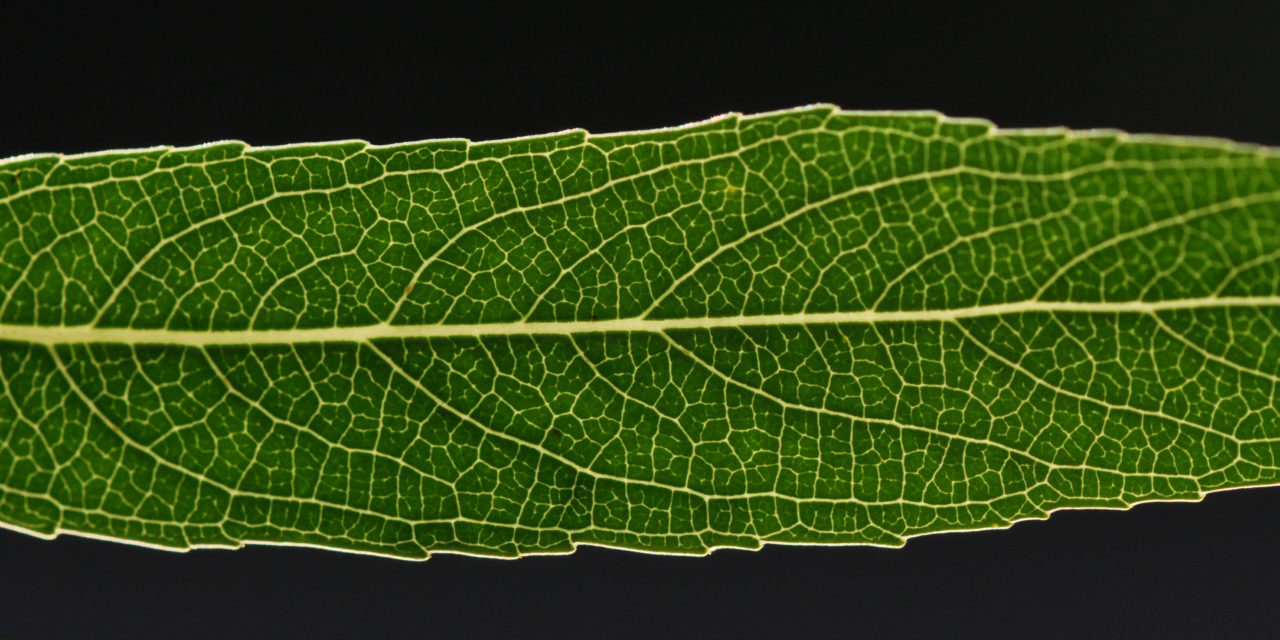
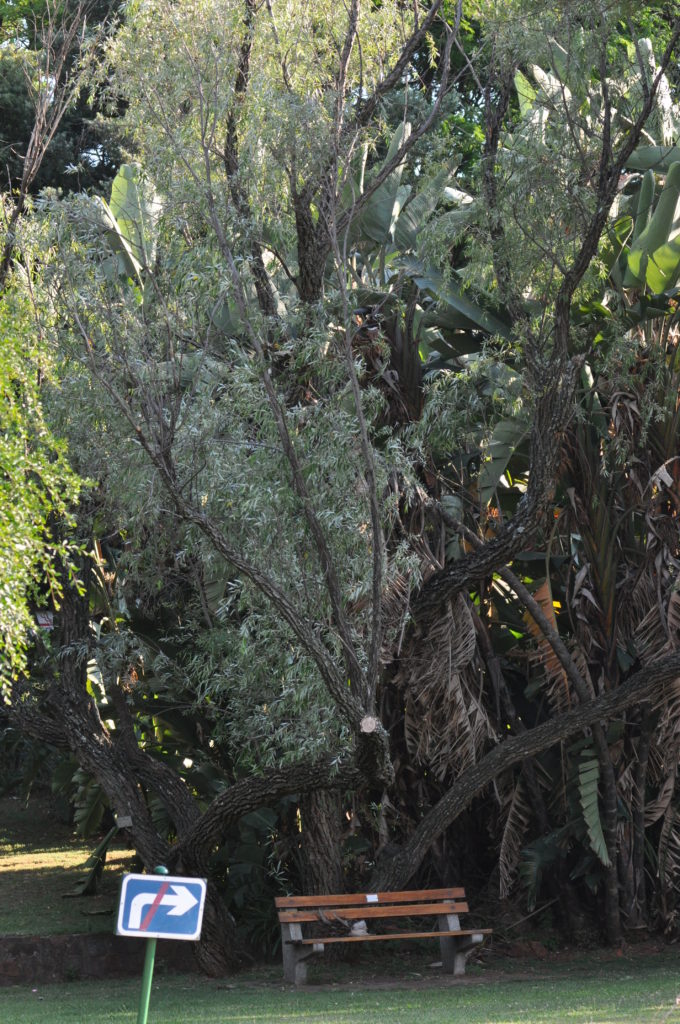
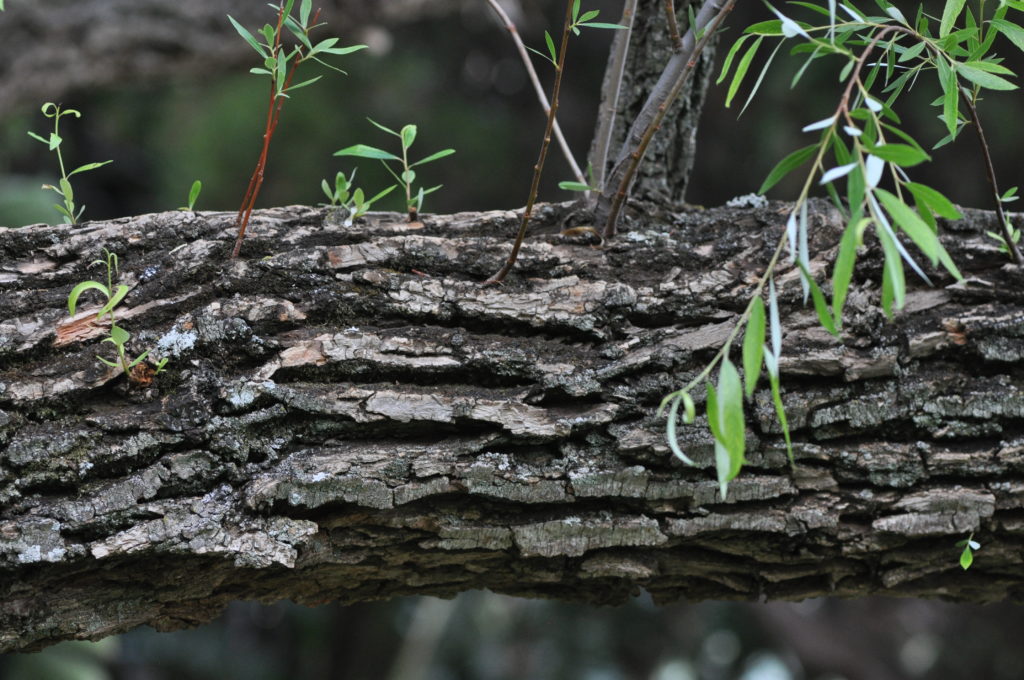
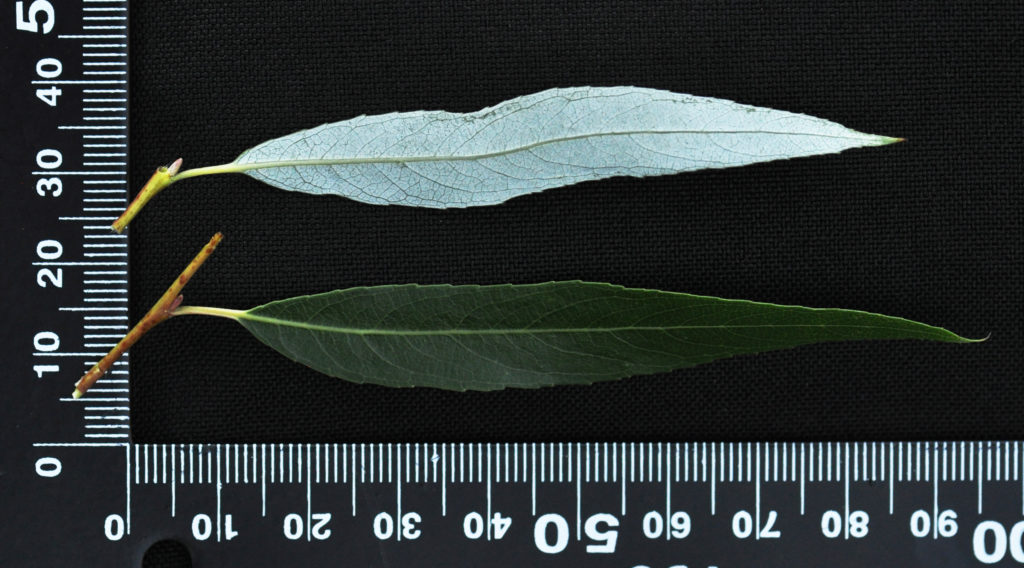
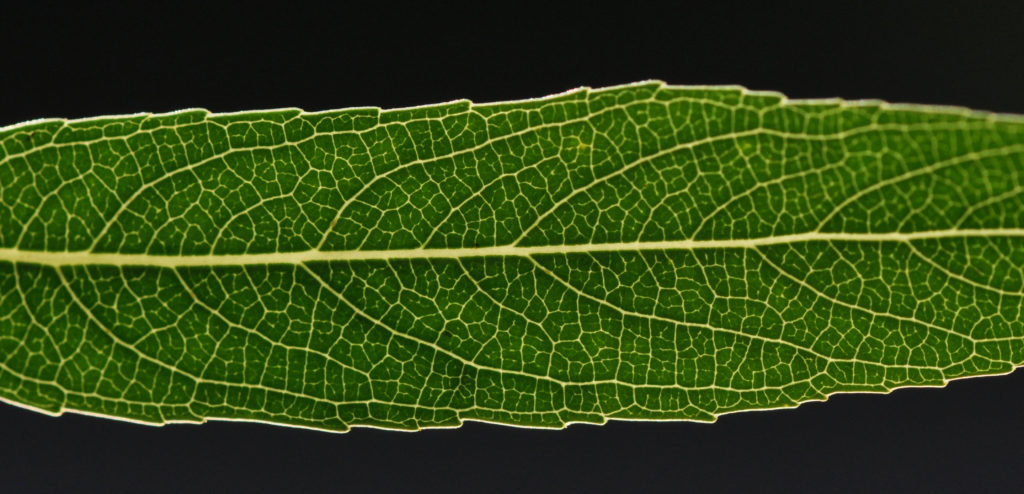
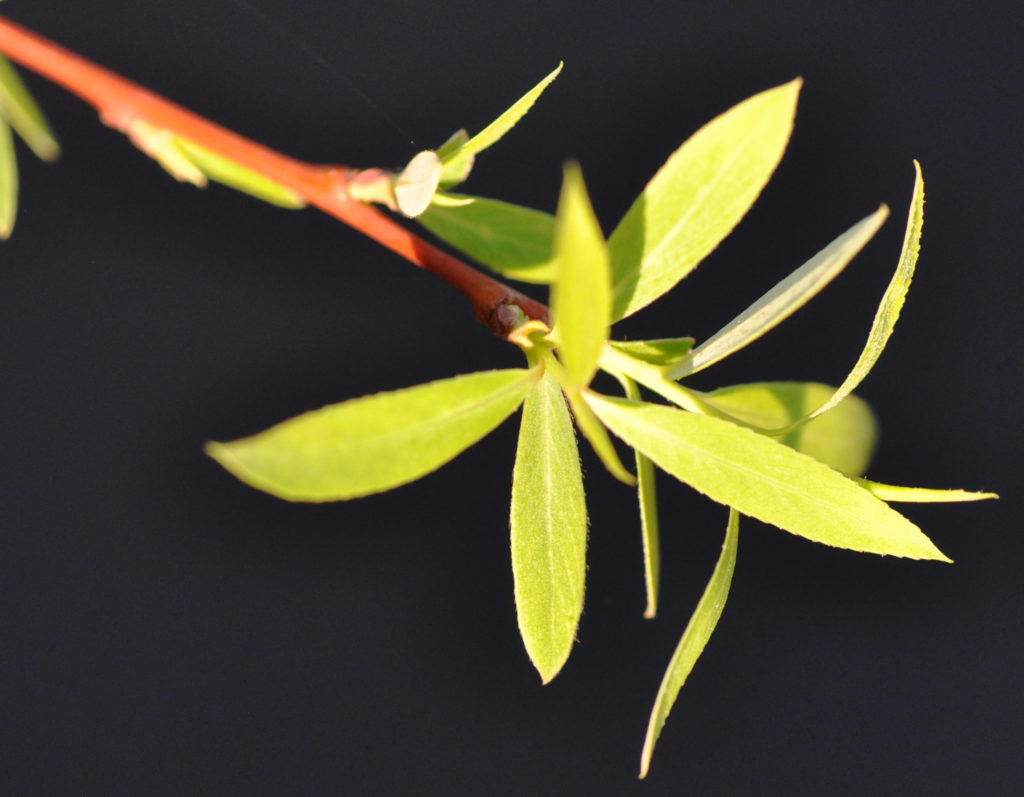
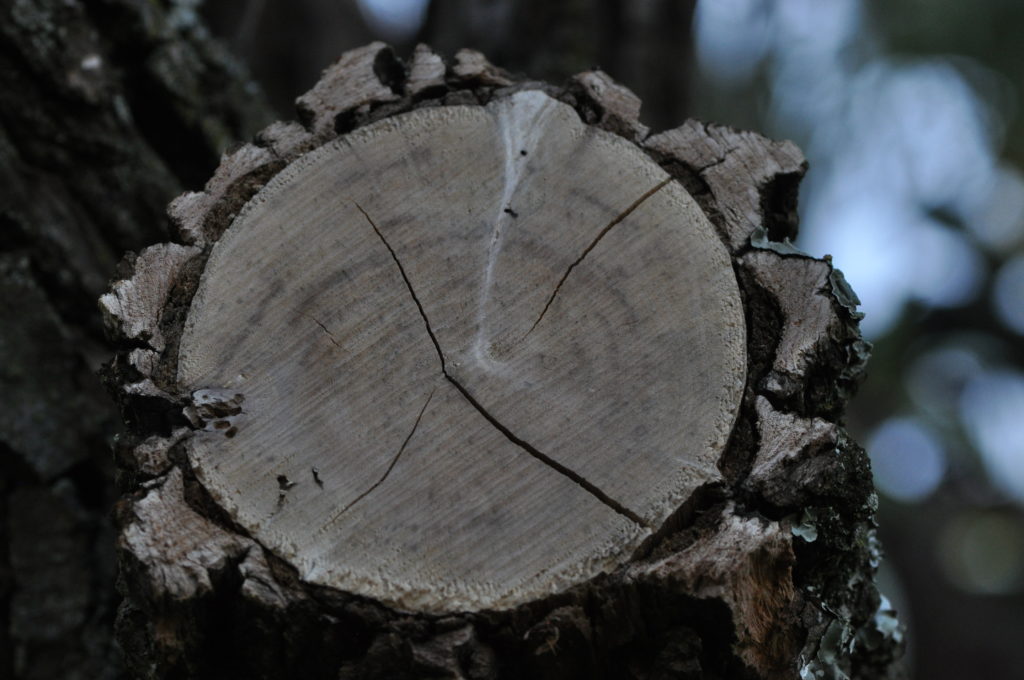
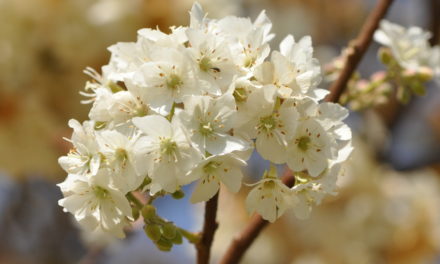
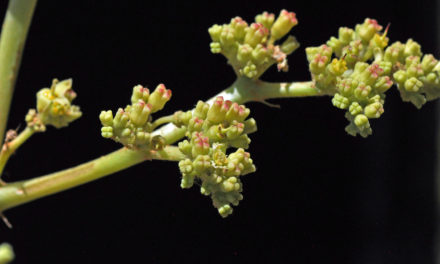
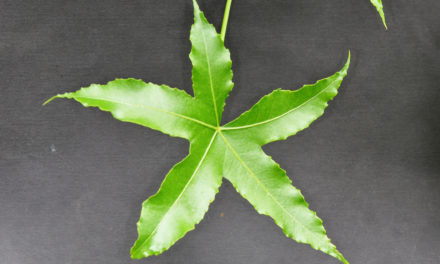
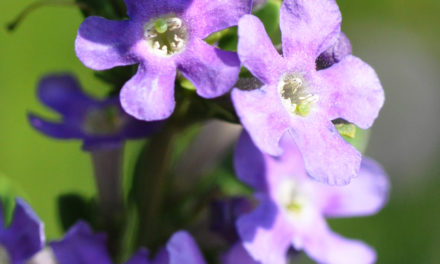
Thank you for the information. The willow was far more widespread than I had anticipated. I thought http://treesa.org/aloidendron-barberae/ might interest you. It is our tallest aloe.
Take care and stay safe.
David Beching.